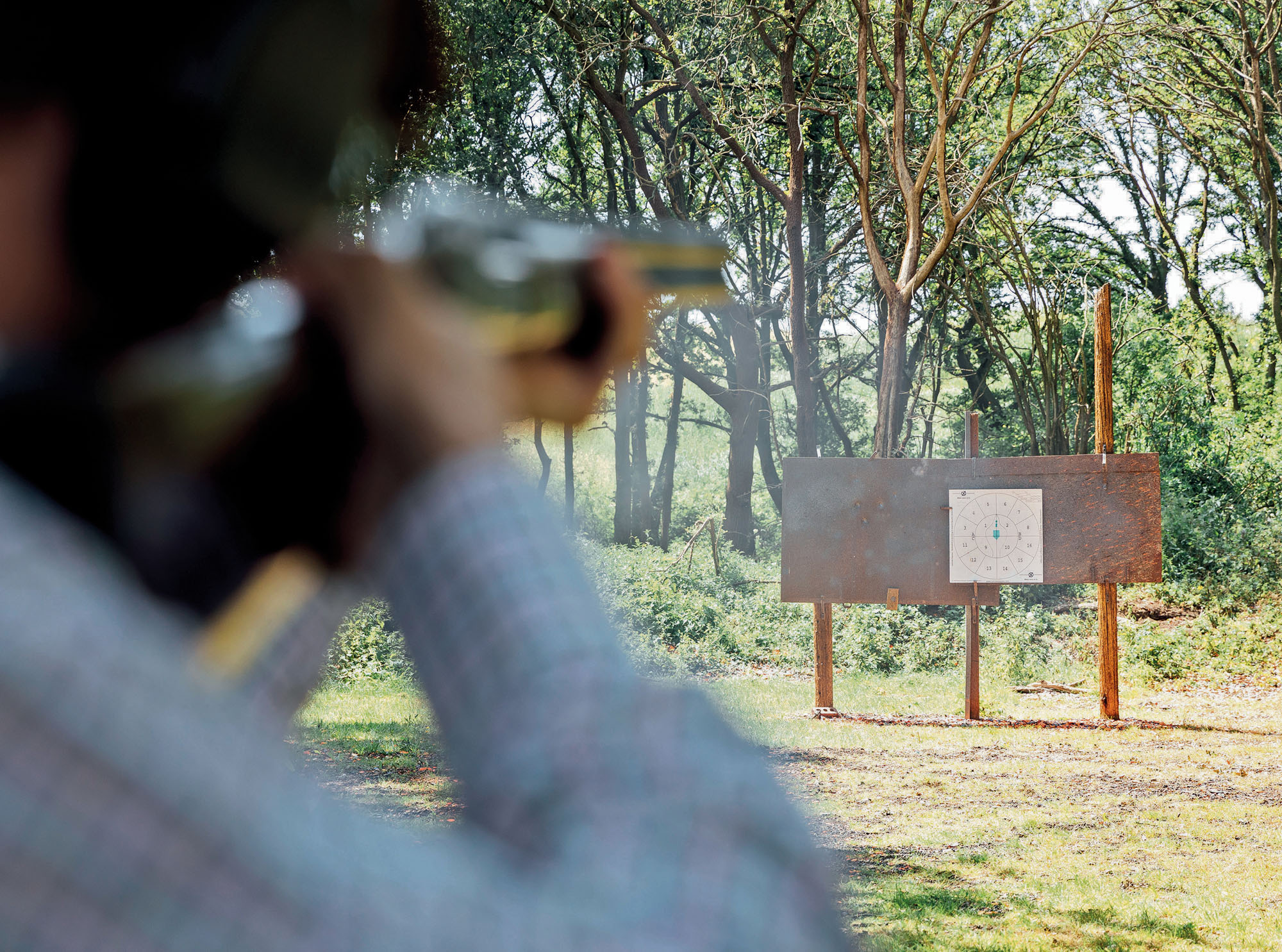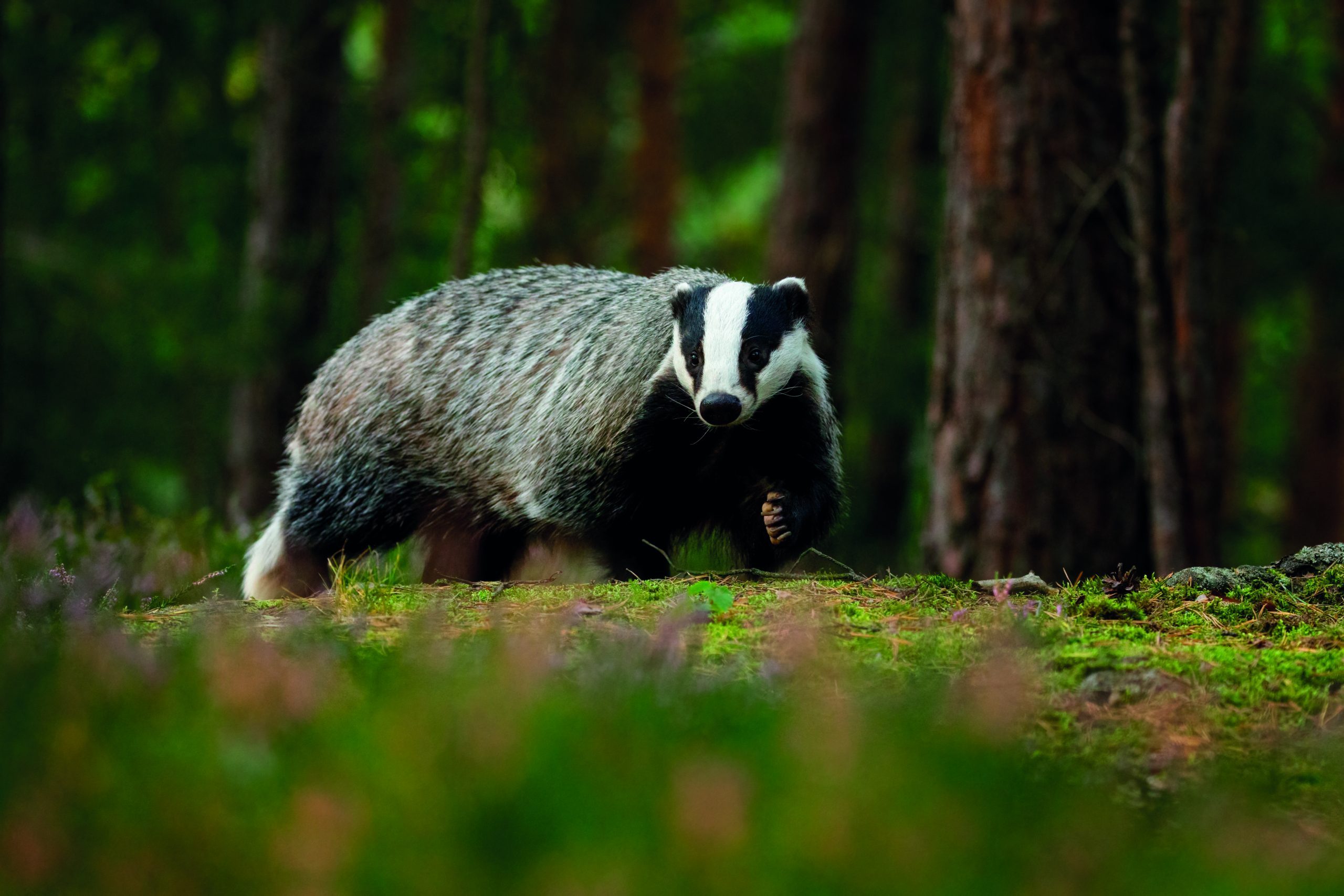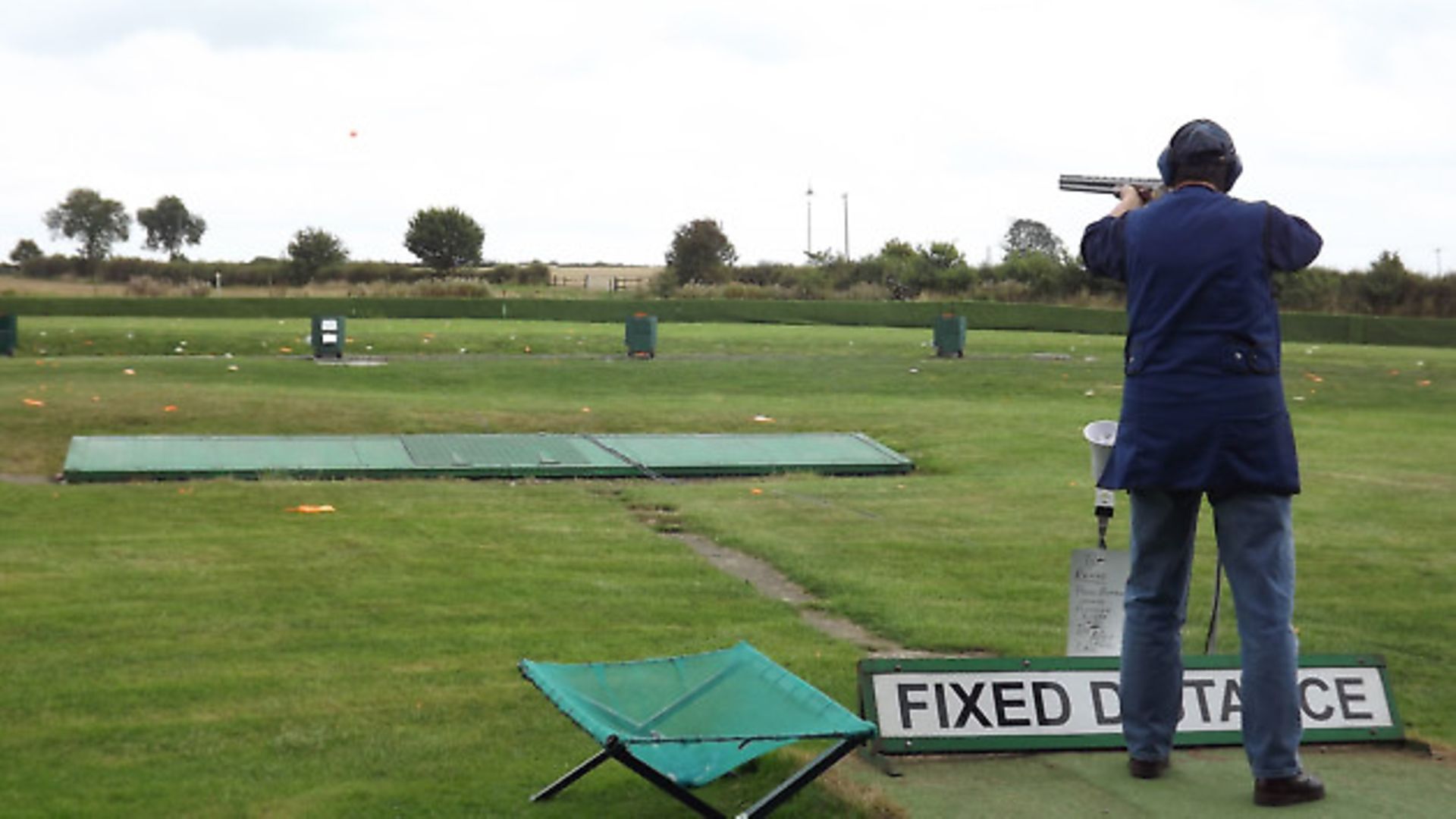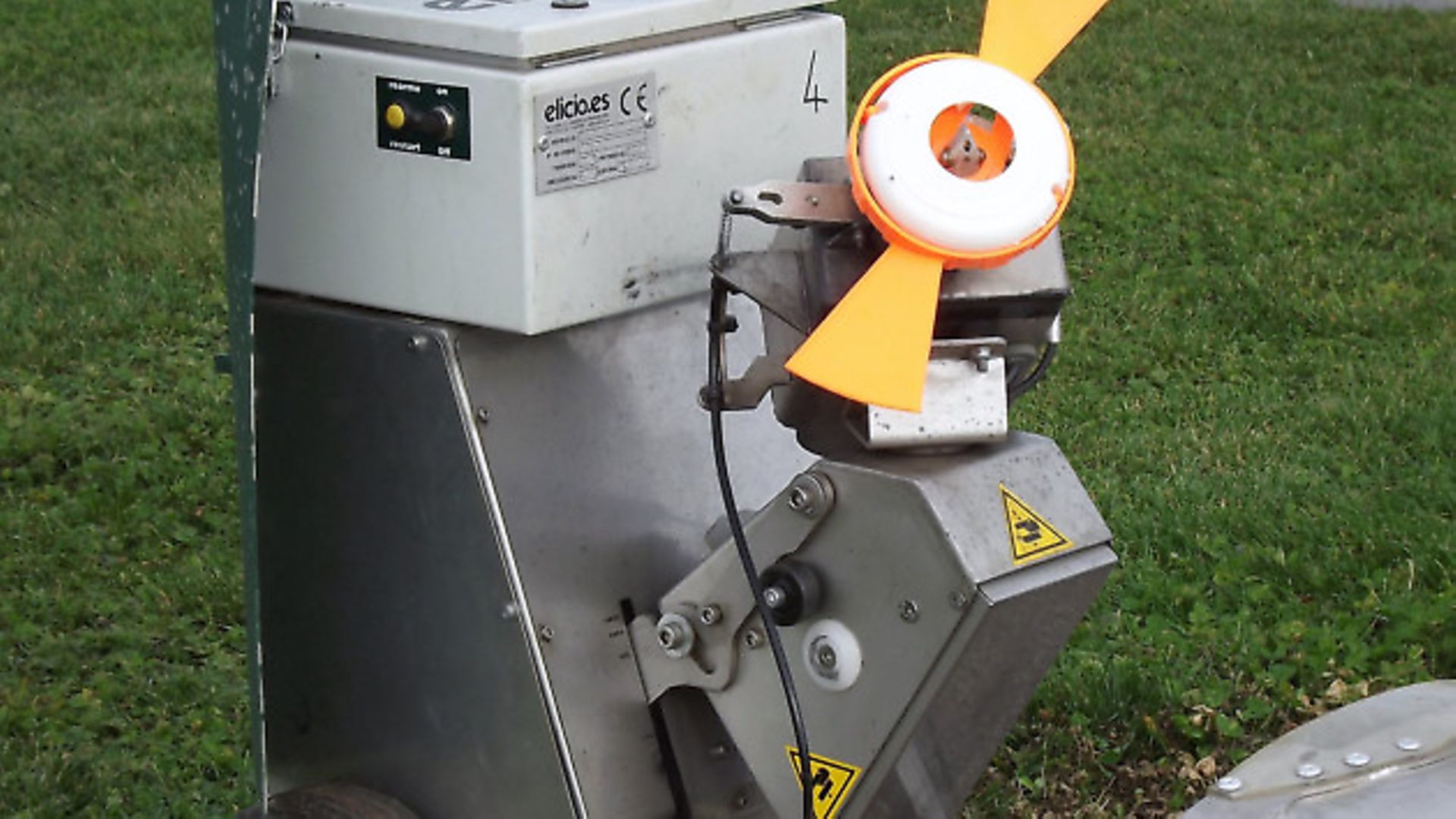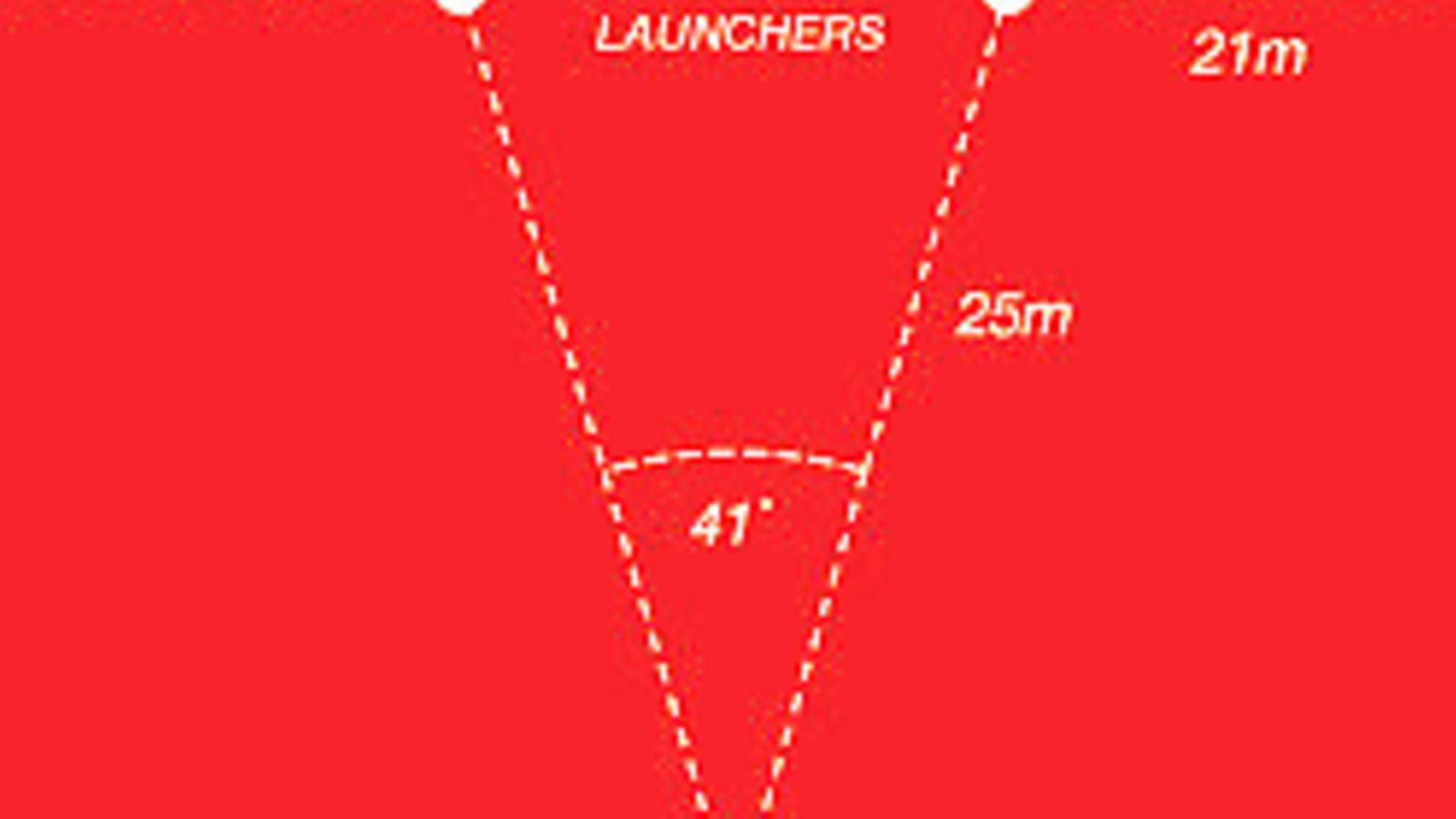A beginner’s guide to Helice (or ZZ)
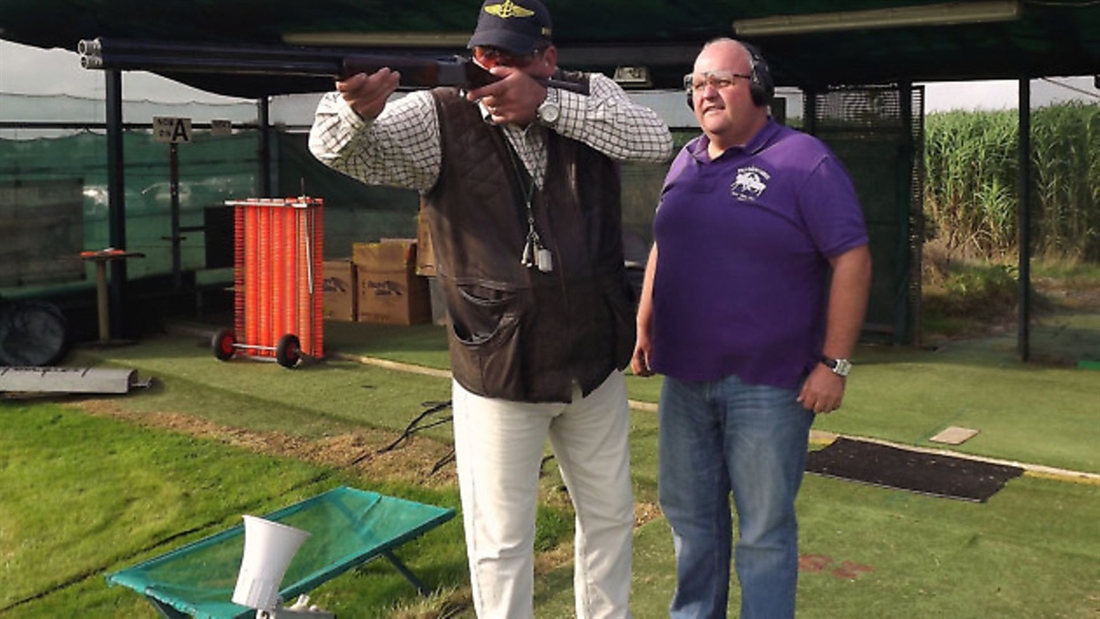
Will Edwards is thrown in at the deep end as he tries out this most exciting of clay disciplines
Helice is something I have wanted to try for a while now. It’s what I call a ‘dark arts’ sport – there’s lots of mystery surrounding it and only three grounds in the UK have a dedicated Helice layout. It started as a replacement for live pigeon shooting when it was banned here in the 1920s. As such I reckon it should be a superb way to replicate my walked-up partridge days over dogs, as well as being a new shooting experience for me in general.
Helice is the French word for propeller. The sport was also known as ZZ, not for the erratic flight line the targets take, but for Zinc, which the first targets were made from and Zurrito, the breed of pigeon they used to shoot.
Happily for me, during a brief chat with pal Marcus Iddon of Express Cartridges he mentioned that he was off to France to compete with the England Team in The Waterloo Cup – a major Helice event – and on his return would give me an introduction to this intriguing sport. (Well done to Marcus who won Silver after a tense shoot-off for Gold, and to the team for winning.)
The date was set for Saturday September 13; the venue, Rugby and District Trap Club. On meeting ‘Field Marshal’ Marcus for a full kit inspection and briefing, I noticed that the car park was starting to get quite busy and lots of people were walking about with England and Team GB badges on their shooting vests. “This is all looking a bit serious today Marcus, what’s going on?” I asked. “Oh, I forgot to mention it’s the County Championship and you’re in my squad,” replied Marcus. “You’ll be fine nothing to worry about.” I don’t think we can print my verbal reply, but I think being chucked in the deep end of the pool handcuffed is something close to how I felt at that moment.
I can’t actually remember the last time I tried any of the Trap disciplines. Luckily, on seeing that I was like a rabbit in headlights, ground owner John Nightingale very kindly gave me a guided tour of the Helice layout our squad would be shooting from, which really helped put my mind at ease. So after a strong, black coffee and mandatory bacon roll I was informed I could have four practise shots prior to the competition. I missed the first, completely taken by surprise by the sheer acceleration and erratic flightline of the target, but by the grace of God nailed the other three one way or another. Knowing that I hadn’t embarrassed myself and those around me gave me a bit of a lift. Truth be told, once I’d regained my normal bodily functions, and feeling relived that my breakfast hadn’t re-appeared on the firing point, I found I was really up for this. In my opinion you really have to want to kill these targets – ultra-fast snap shooting is the order of the day. If you have to think about it or try tracking it, it’ll be in another postcode area before you know it.
The competition consisted of 20 targets and at the end of it I’d posted a not too shabby 16/20. I can honestly say that I’m now totally hooked! This is the most addictive form of clay pigeon shooting that I have participated in. Not only that, as a spectator sport in shooting you won’t ever beat it, you will find yourself guessing which trap will be released next and what line the target will take, it is totally random and utterly fascinating.
As a closing note, you have just got to try this sport. I was surrounded by a very supportive group of fellow shooters who were only too willing to share top tips and offer encouragement.
How to hit Helice targets
I was able to watch a couple of squads shoot prior to my practise attempt. The majority of competitors started with the gun fully mounted and the stance of a Trap shooter that we regularly see. As a southpaw I found that if I kept the muzzle low and slightly to the left of trap 3, the gun wouldn’t obscure my view for the fraction of a second I had to react and get on to the target that would be launched from trap house 1 to 5. Also the choke choice of ½ and ¾ was critical, mated up to the larger shot size of 6 to 7 as the Helice targets are – literally – tougher than you think. They are made of resilient plastic and to ensure the outer and inner part of the target separate to result in a recorded kill, you need that extra whack.
About Helice
The Helice target is made up of an orange or red, two-winged propeller shape with a detachable white centre cap. The shooter can take two shots at each target while it is accelerating. To score a hit the white cap must detach completely from the wings and it must land within the ‘ring’ (the white fenced area).
When the shooter calls for a target it will be released from one of five (or seven) traps at random. Most events consist of 25 targets with shooters attempting two targets per go on a five-trap layout and three per go on a seven-trap layout.

